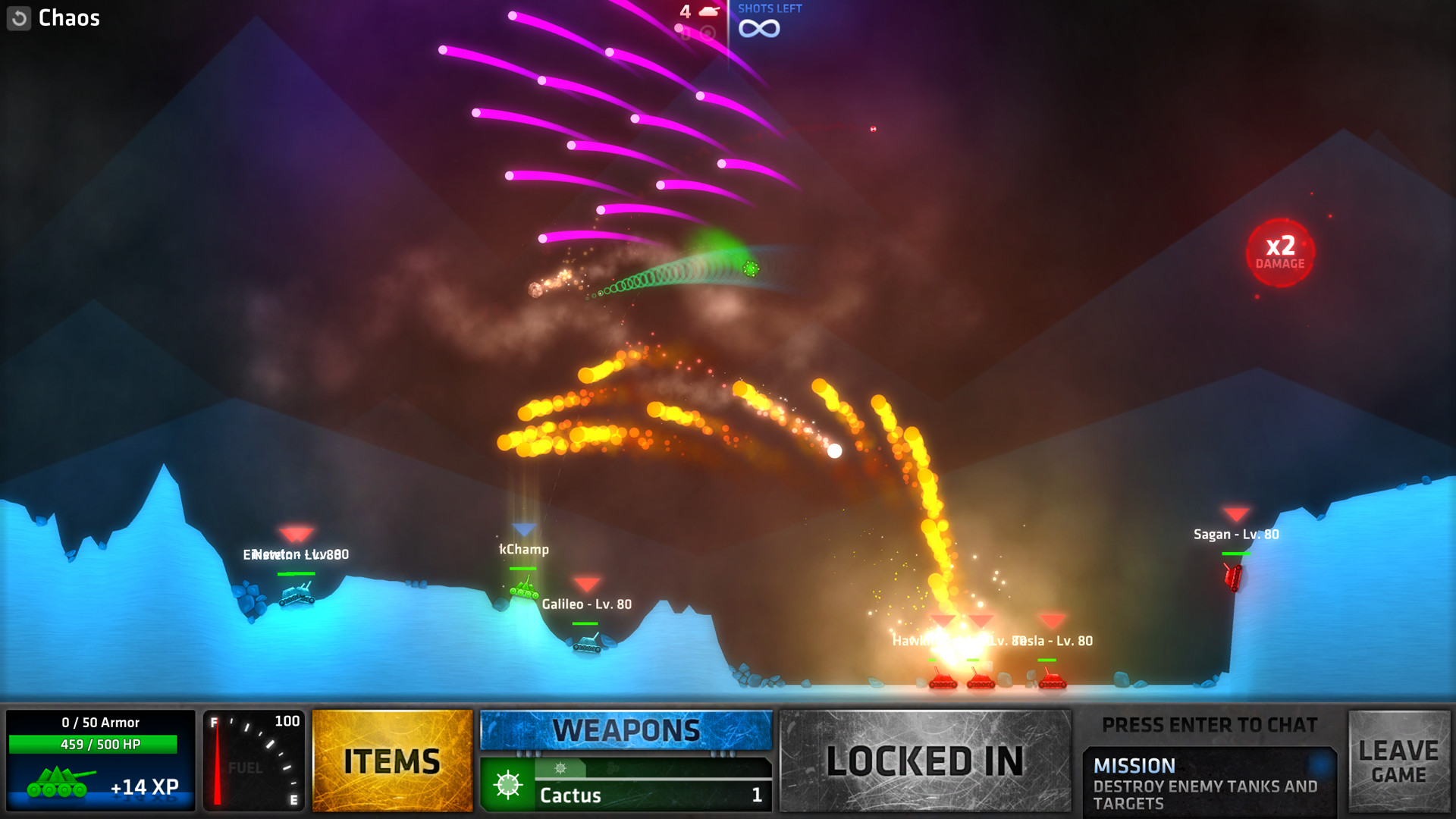

A 1915 British Army order demonstrates this uncertainty well: British contemporaries, including senior Army officers, were unsure to what extent shell shock constituted a “real” injury, and a suspicion pervaded that a breakdown without obvious cause signalled cowardice or a lack of manliness. Preston, Meek and their cohort had more to deal with than their psychological troubles. There is no film of Preston’s recovery, if there ever was one. For all that Meek’s first state is truly debilitated, I find the footage of Private Preston which soon follows even more haunting: the intertitles tell us that he “has amnesia, word blindness and word deafness, except to the word ‘bombs'”, and the silent film demonstrates what happens when the doctor says that word - Preston dives under a bed. The first video begins with Private Meek, a 23-year-old with “complete retrograde amnesia, hysterical paralysis, contractures, mutism and universal anaesthesia”, but who makes a complete recovery after a sudden return of memory. The films depict individual cases of shell-shocked “other ranker” soldiers demonstrating their symptoms occasionally the films cut to a shot of the soldier much improved after a course of treatment. These haunting films portray the profound psychological effects of trench warfare in a conflict in which 56% of troops would end up killed or wounded ( compared to a 4.5% military fatality rate in the Second World War). 1 of 5’ Wellcome Collection (CC BY-NC-SA) Still from ‘War Neuroses: Netley Hospital (1917), pt.


 0 kommentar(er)
0 kommentar(er)
